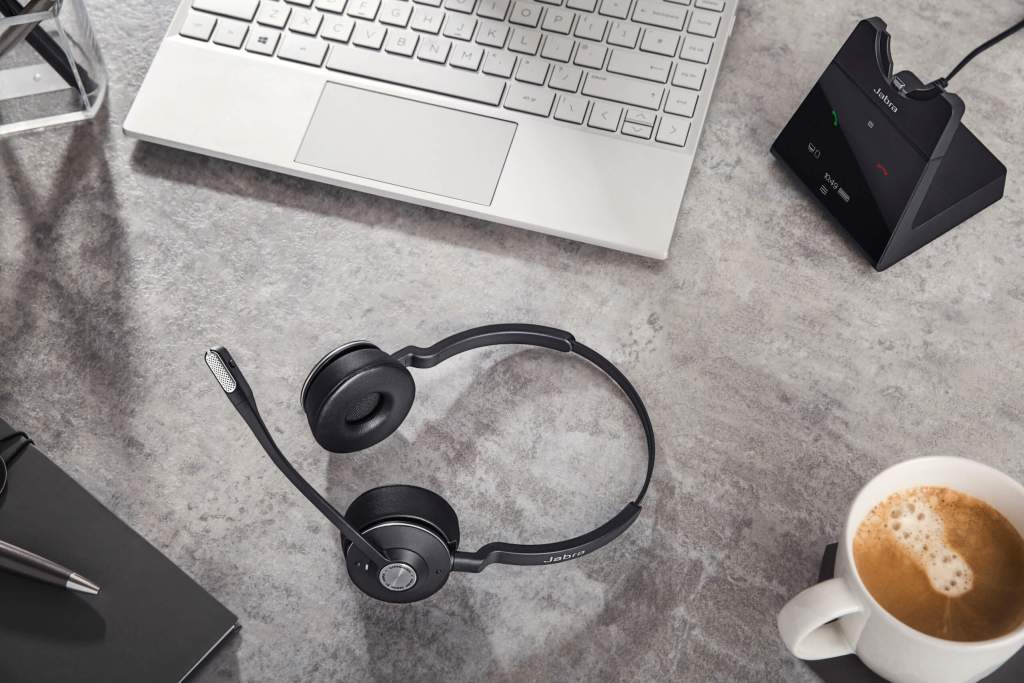
In 2020, there was worldwide disruption as the Covid-19 pandemic hit, and contact centers everywhere were radically upended by the chaos.
Call centers were forced to close while call volumes skyrocketed, and agents faced increasing call complexity and customer concerns in a time of disruption. Industries like travel and hospitality were overwhelmed, and contact center leaders had two top priorities: keeping agents healthy and business running, at a time when customer service is intrinsically linked to a company’s bottom line.
Current data shows that until the crisis, most contact centers were still traditionally on premise. According to Gartner, 90% of global organizations were using on-premise solutions for their contact centers before Covid-19, with nearly 7 out of 10 customer service agents working from traditional call centers and less than 10% from home. Moving forward, they predict that 71% of contact centers will be remote.
Now, as leaders plan ahead to the recovery phase, the question on everyone’s minds is whether agents will stay home forever. So, let’s look at some of the benefits of flexible agents working from home.
Benefits of At-Home Agents
The pandemic left contact center leaders scrambling as they addressed firewall limitations, VPN solutions and other security concerns, as well as a whole host of other considerations.
But at the same time, there are many long-term benefits to having flexible home agents. Instead of being in the same space, contact centers can be geographically dispersed, with agents, supervisors and managers using the same tools to meet customer demand and remain resilient.
For starters, let’s look at operating expenditure. Traditional call centers allocate in excess of 70% of their budgets to resource-related expenses, where a WFH model reduces many of these costs. In fact, according to Frost and Sullivan, on-site agents cost a company $31 an hour, compared to $21 for an at-home agent.
But what are the benefits for agents? Well, when agents work from home, they save time and money by no longer having to commute, while being able to better take care of their family or personal life commitments. This leads to greater job satisfaction, increased loyalty and greater retention. Frost and Sullivan report that at-home agent retention is 80%, compared to 25% for on-premise. This reduction in employee turnover also saves on training costs. The right analytics can also map call volumes, allowing you to offer shorter shifts for agents, while still meeting customer demand and reducing costs in periods of lower call volumes.
 Managing Remote Agents
Managing Remote Agents
Managing remote agents can be difficult, especially when it comes to measuring customer satisfaction. This is where technology can assist. Using analytics and data from end-points such as headsets, managers can measure and track if an agent’s background environment is too loud, if the agent can be heard, who is talking and the length and number of calls, giving them control over all of these variables. You can also manage all of your headset end-point updates and changes via a single piece of software, no matter where your agents are based.
High-quality interactions with the right headsets are efficient, and allow home agents to focus on delivering shorter and less stressful calls. At the same time, noise-cancelling microphones block out background noise from outgoing audio, which supervisors cannot otherwise control. In one pilot we completed at Jabra, using a Jabra headset saw instances of background noise drop by over 70%.
Agents have become an increasingly critical asset in ensuring that customers have a great experience and therefore a positive association with your brand. Research shows that by the end of 2020, customer experience will overtake price and product as the number one brand differentiator.
By keeping agents at home and healthy, you can increase agent knowledge, job satisfaction, and your recruiting and retention potential. With the right technology and cloud platform, you can securely manage calls, monitor interaction analytics, and embrace this disruption to uncover new ways of working that elevate your customer experience and save on costs.
Find out more
For more information contact your Banner account manager or our Technology team.
Join us on LinkedIn or follow us on Twitter. Or subscribe to our blog for notifications on our latest articles by adding your email to the subscribe box at the top of the page.
